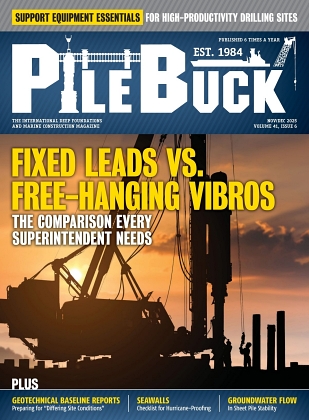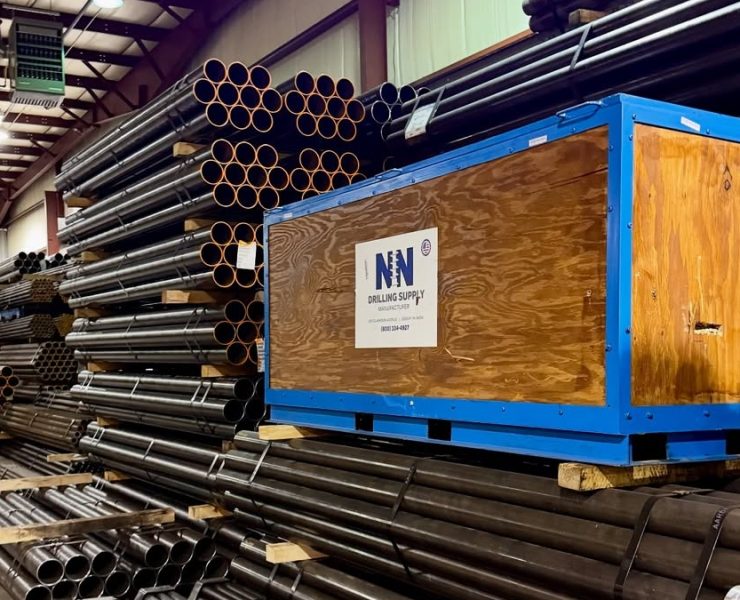Challenges and Solutions for Foundation Drilling in Urban Environments
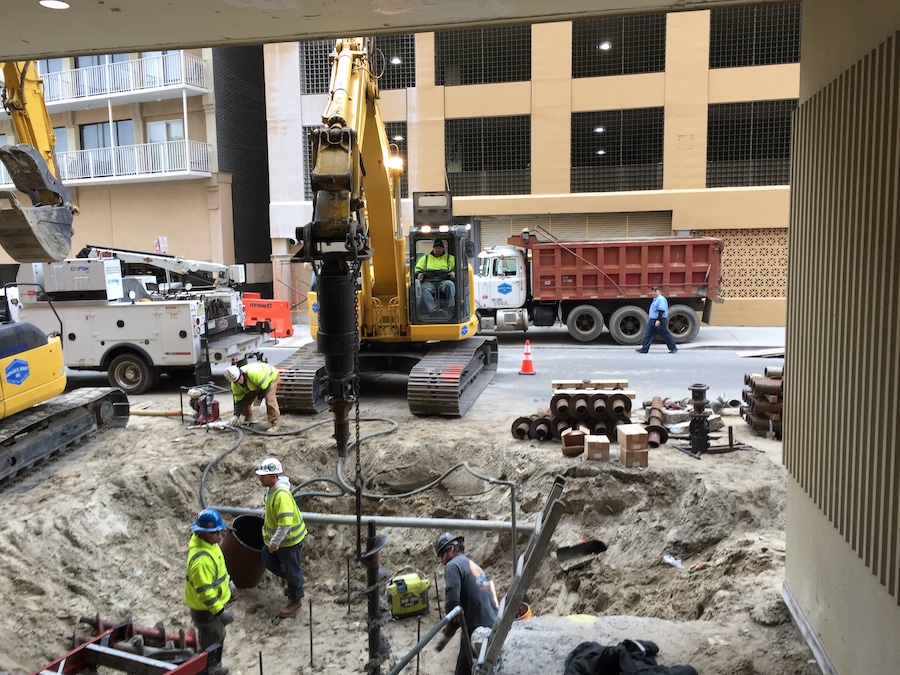

View the complete article here.
Foundation drilling plays a critical role in the construction of structures in urban environments. However, it is often confronted with unique challenges due to the complexities of urban landscapes—including space constraints, underground utilities, and environmental concerns.
This article will provide an in-depth analysis of the challenges associated with foundation drilling in urban environments and the innovative solutions that engineers and contractors are implementing to overcome these obstacles.
Space Constraints
Of course, one of the main challenges in urban foundation drilling is the limited availability of space. Buildings and other types of infrastructure often occupy the majority of the urban landscape—leaving little room for drilling and other construction activities. This can result in difficulties related to site access, equipment positioning, and material storage.
Solution: Compact Drilling Equipment and Techniques
Compact drilling equipment and techniques have been developed to address the issue of space constraints. These machines are designed to fit into tight spaces and minimize their impact on the surrounding environment. Additionally, techniques like micro-piling and mini-piling have been adopted to work within limited spaces—ensuring that foundation drilling can be accomplished without compromising the stability of nearby structures.
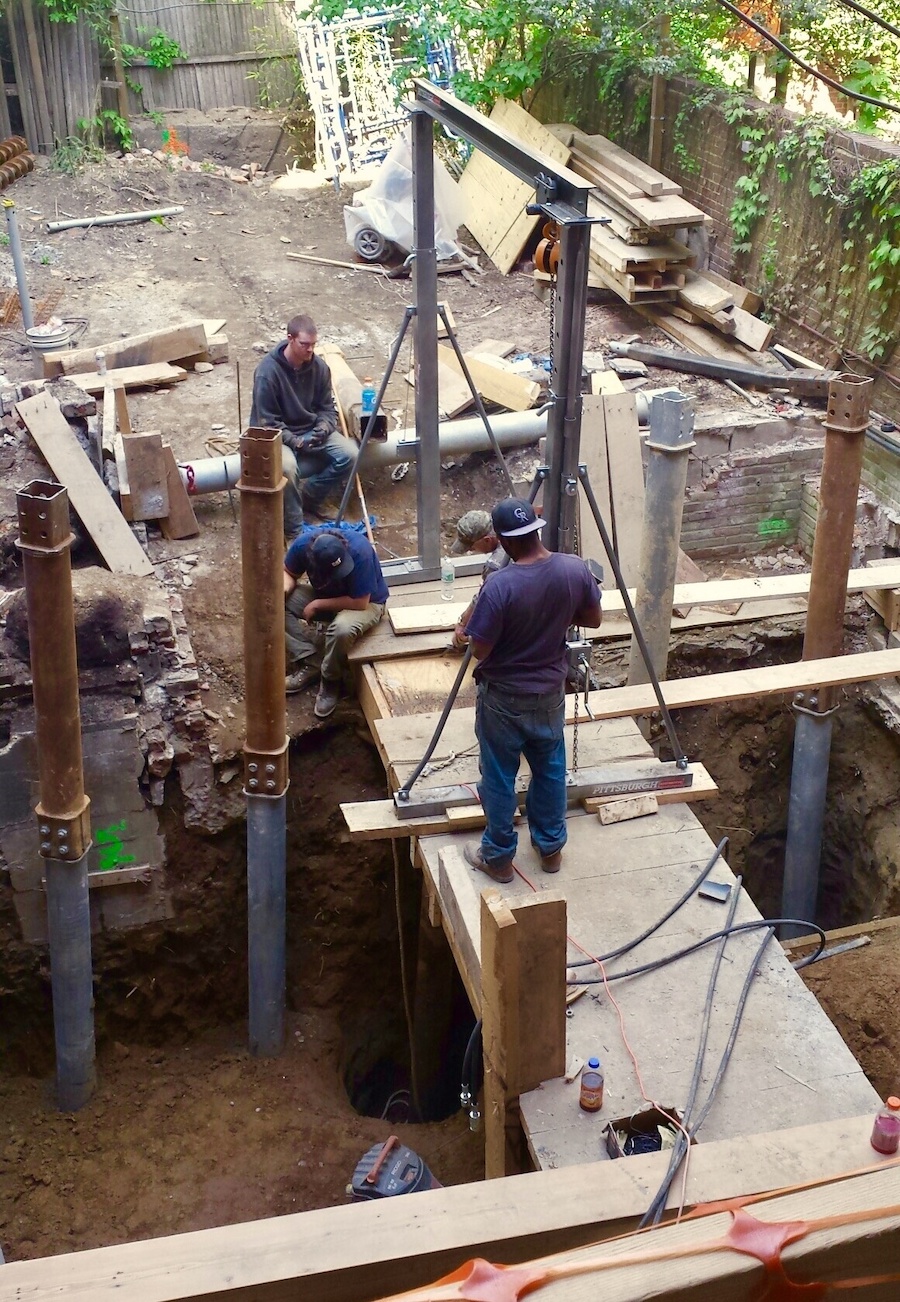
Underground Utilities and Obstructions
Urban environments typically have a vast network of underground utilities and other obstructions—such as pipes, cables, and tunnels. Accidental damage to these utilities during foundation drilling can result in costly delays, repairs, and potential hazards to public safety.
Solution: Utility Mapping and Ground-Penetrating Radar
To avoid conflicts with underground utilities, engineers and contractors often rely on utility mapping and ground-penetrating radar (GPR) technology. GPR can be used to detect and map subsurface structures—providing contractors with valuable information about the location of utilities and obstructions. By using this information, engineers can design foundation drilling plans that avoid interference with these underground obstacles.
Noise and Vibration
Foundation drilling in urban environments can cause significant noise and vibration, which may disturb nearby residents and businesses. This can lead to complaints, regulatory issues, and even legal action if not properly managed.
Solution: Noise and Vibration Mitigation Techniques
To reduce the impact of noise and vibration, mitigation techniques can be employed. These techniques may include the use of sound barriers, noise-reducing drill rigs, and vibration isolation methods. In addition, construction schedules can be adjusted to minimize disturbance during sensitive periods—such as nighttime or weekends.
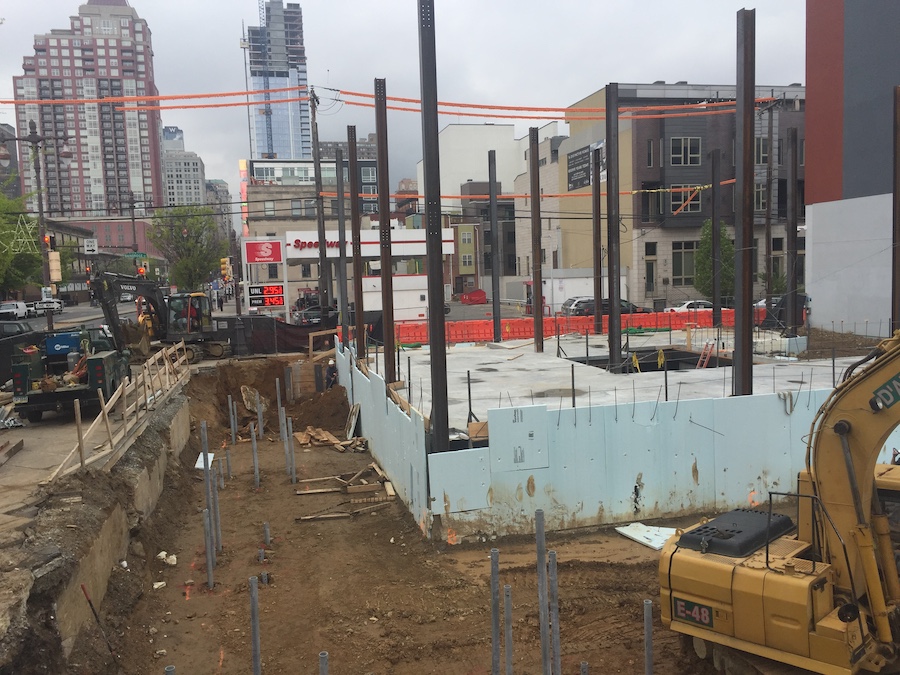
Environmental Concerns
Urban construction projects often face increased scrutiny regarding their environmental impact. This scrutiny usually pertains to concerns about air quality, water pollution, and soil contamination resulting from foundation drilling activities.
Solution: Environmentally Friendly Drilling Methods and Equipment
In response to environmental concerns, innovative drilling methods and equipment have been developed to minimize the environmental footprint of foundation drilling. For example, biodegradable drilling fluids and low-emission drill rigs can help to reduce air and water pollution. In addition, the implementation of best management practices (BMPs) can help to minimize soil erosion and prevent the spread of contaminants during construction.
Regulatory and Permitting Challenges
Urban environments typically have more stringent building codes and regulations than rural areas. Navigating these complex rules can be time-consuming and costly—potentially delaying construction schedules and increasing project costs.
Solution: Collaborative Planning and Expertise
To overcome regulatory and permitting challenges, it is essential for contractors to collaborate with local authorities, engineers, and other stakeholders throughout the planning and permitting process. By engaging in open communication and seeking expert advice, project teams can anticipate potential roadblocks and develop strategies to address them as efficiently as possible.
Conclusion
Foundation drilling in urban environments presents a unique set of challenges that require innovative solutions and collaborative efforts among engineers, contractors, and local authorities.
By employing compact drilling equipment, utility mapping technologies, noise and vibration mitigation techniques, environmentally friendly drilling methods, and collaborative planning, engineers and contractors can effectively navigate the complexities of urban landscapes.
These solutions not only ensure the successful completion of foundation drilling projects but also help to minimize the impact on surrounding communities and the environment. As urbanization continues to increase, it is essential that the construction industry remains committed to developing and implementing such innovative solutions—ensuring the sustainable growth of our cities.
View the complete article here.
What are some challenges of foundation drilling in urban environments?
Foundation drilling in urban environments presents several challenges. These include space limitations, noise restrictions, ground vibrations, proximity to existing structures, and the presence of underground utilities. Additionally, urban soils often have variable characteristics, which can make the drilling process more complex.
What solutions can be applied to overcome these challenges?
To overcome these challenges, several solutions can be applied. Using compact and efficient drilling equipment can address space limitations. Noise and vibration can be mitigated through the use of specialized techniques and equipment. Existing structures and utilities can be protected by careful planning and use of appropriate drilling methods. Finally, comprehensive site investigation and soil analysis can help in understanding soil characteristics and planning the drilling process accordingly.

